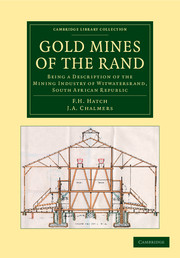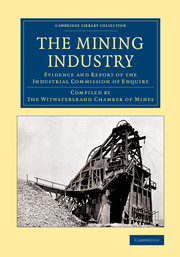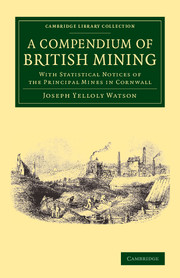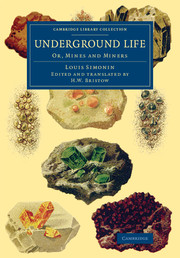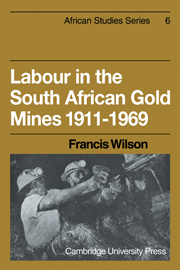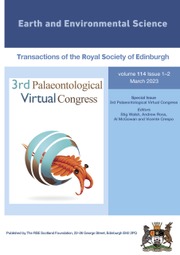Gold Mines of the Rand
The mining engineer and petrologist Frederick Henry Hatch (1864–1932) left the Geological Survey of Great Britain in 1892, relocating to South Africa. He worked for De Beers and with John Hays Hammond for Cecil Rhodes, finding important new gold fields in Matabeleland and Mashonaland. Control of the gold mines was a significant factor in the tension between Dutch and English settlers that would result in the Second Boer War in 1899. Prior to this, Rhodes and Hammond were behind the abortive Jameson Raid, but Hatch had returned to England briefly and was not implicated. This 1895 work, written with South African mining engineer J. A. Chalmers, reveals the extent of gold reserves in the Transvaal, and the engineering skills needed to exploit them. It deals with geological, economic and legal aspects of the mining industry, remaining of interest to historians of South Africa and the British Empire.
Product details
June 2013Paperback
9781108061667
366 pages
244 × 170 × 19 mm
0.58kg
14 b/w illus. 4 maps
Available
Table of Contents
- Preface
- 1. Introduction
- 2. Geological
- 3. The auriferous conglomerates or 'blanket' beds of the Rand
- 4. Particulars of the Rand deposits
- 5. Deep levels - their development and prospect
- 6. Mining practice on the Rand
- 7. Surface equipment of the mines
- 8. The metallurgical treatment of the ore
- 9. The metallurgical treatment of the ore, cont.
- 10. The economics of the mines
- 11. Gold law and mining regulations
- 12. Gold production and dividends
- Index.

